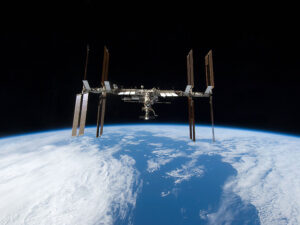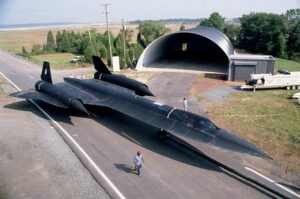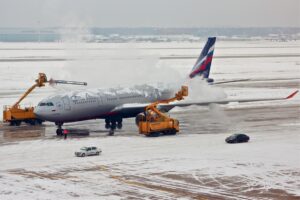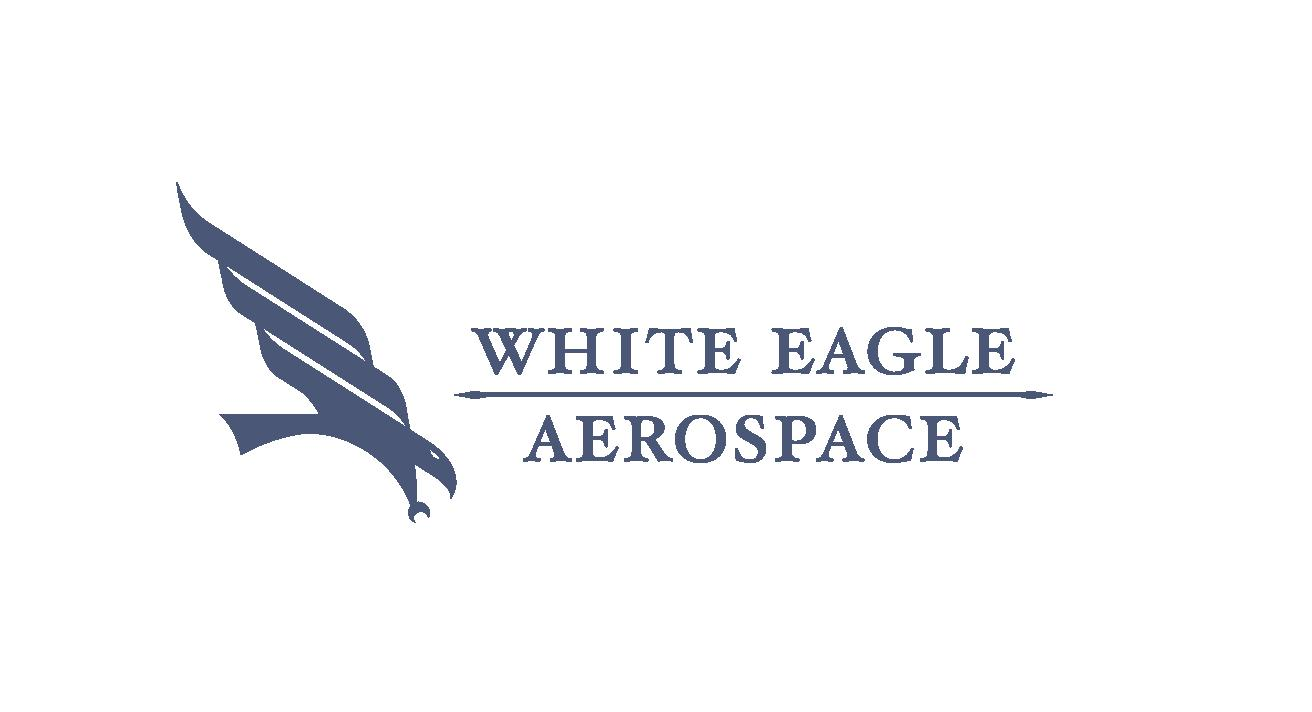🛰️ The International Space Station: Humanity’s Engineering Marvel in  Orbit
Orbit
At 250 miles above Earth, circling the planet at 17,500 mph, the International Space Station (ISS) is more than just a spacecraft—
it’s a floating laboratory, a symbol of international cooperation, and one of the most ambitious engineering projects in history.
Let’s break down what makes this orbiting outpost so extraordinary. 👇
🌍 Speed & Sunrises: Life at 17,500 MPH
The ISS completes one full orbit around Earth every 90 minutes.
That means astronauts onboard witness 16 sunrises and 16 sunsets every single day. ☀️🌒
It’s the ultimate frequent flyer lifestyle—only at hypersonic speeds. ✈️💫
🧠 Built in Space, Piece by Piece
The ISS isn’t one spacecraft—it’s a modular space station, assembled in orbit over the course of more than 30 missions.
-
Over 100 components joined together in microgravity
-
The structure spans the length of a football field
-
Weighs more than 900,000 pounds
Its construction is a testament to precision, perseverance, and engineering excellence.
🌐 A Global Effort
The ISS is a collaboration between five space agencies:
NASA (USA), Roscosmos (Russia), ESA (Europe), JAXA (Japan), and CSA (Canada). 🌎
Despite cultural and political differences, these agencies have worked side-by-side to create a continuous human presence in space since November 2000.
The ISS is living proof that when nations collaborate, humanity can reach the stars.
🔬 A Lab Like No Other
Every day, astronauts aboard the ISS conduct experiments in:
-
Medical research
-
Materials science
-
Fluid dynamics
-
Space agriculture
-
And more…
Microgravity offers a unique environment that allows scientists to explore questions we can’t answer on Earth.
💬 What Would You Send to Space?
If you had the chance to send one experiment to space, what would it be?
Something to cure disease? Test new materials? Or maybe something completely out of this world? 🌌
👇 Drop your ideas in the comments below—we’d love to hear your thoughts!
🚀 The Silent Symphony of Space: Why the Universe Has No Sound

When we picture space, we often imagine powerful rocket launches, supernovae explosions, and fiery cosmic collisions. These events are full of energy and motion, so you might expect space to be filled with sound. But here’s the surprising truth:
Space is completely silent.
Unlike Earth, where sound travels through air and water, space is a vacuum. There are no molecules to carry sound waves, which means even the loudest cosmic events occur in complete silence. Whether it’s a rocket piercing the atmosphere or a star going supernova, the universe remains eerily quiet.
🧑🚀 How Do Astronauts Communicate?
Despite the silence, astronauts communicate effectively in space using radio waves. Unlike sound, radio waves are electromagnetic and don’t require a medium like air to travel.
These waves allow astronauts to:
- Talk with each other on board the spacecraft
- Maintain contact with mission control on Earth
This technology ensures real-time communication, even hundreds of miles above Earth.
🚀 What Happens to Sound During Rocket Launches?
On Earth, rocket launches are deafening. We hear the thunderous roar of engines as they ignite and lift off.
But as rockets ascend and enter the vacuum of space:
- The atmosphere thins
- Sound waves lose their medium
- The roar fades to complete silence
The drama remains visual—but not audible.
🌌 Is Space Truly Silent?
While we can’t hear in space the way we do on Earth, the universe isn’t entirely without “sound.”
Scientists use instruments to detect:
- Vibrations from solar flares
- Ripples from black hole mergers
- Cosmic microwave background radiation
These signals are converted into data—and sometimes even into sound files—giving us a way to “hear” the cosmos in a completely different form.
🎵 The Hidden Music of the Cosmos
From radio astronomy to seismic sensors, modern technology is helping us decode the universe’s quiet symphony.
Though our ears may never hear it firsthand, space sings in waves, frequencies, and signals that continue to fascinate scientists and engineers.
Space may be silent, but it is never still.
How Fast Would the SR-71 Blackbird Reach the Moon?
The SR-71 Blackbird, one of the fastest jets ever built, could reach speeds of Mach 3.3 (around 2,200 mph). But what if it could fly
 straight to the Moon?
straight to the Moon?
The Numbers Behind the Journey
- Distance from Earth to Moon: ~238,900 miles
- Speed of the SR-71: ~2,200 mph
If an SR-71 could sustain top speed all the way to the Moon (ignoring fuel limitations, air resistance, and lack of atmosphere):
238,900 miles ÷ 2,200 mph = ~109 hours (~4.5 days)
Of course, the SR-71 wasn’t built for space travel, and real spacecraft like the Apollo missions reached the Moon in about three days with speeds over 24,000 mph. Still, the SR-71’s speed remains legendary in aviation history!
Blog post 4
How Do Fighter Jets Refuel Mid-Air Without Stopping?
Military jets like the F-22 Raptor and B-2 Spirit can refuel in mid-air, allowing them to extend their missions without landing. But how does this complex maneuver work at speeds over 300 mph?
Two Methods of Aerial Refueling
- Boom Refueling (Used by U.S. Air Force Jets)
- A tanker aircraft (like the KC-135) extends a rigid boom, which an operator manually guides into the receiving jet’s refueling port.
- Fuel is pumped quickly, allowing the receiving aircraft to refuel in just a few minutes.
- Probe-and-Drogue Refueling (Used by Navy and NATO Jets)
- A flexible hose with a basket-like “drogue” extends from the tanker.
- The receiving jet maneuvers a refueling probe into the drogue to connect and take in fuel.
- This system allows multiple jets to refuel at once but is slower than boom refueling.
Challenges of Aerial Refueling
- Pilots must hold perfect formation while connecting to the tanker.
- Any sudden movement can cause the refueling system to disengage or even damage the aircraft.
- In combat zones, refueling aircraft operate in designated safe zones, protected by fighter escorts.
Aerial refueling is a game-changer in modern air combat, enabling fighter jets to stay airborne for hours without landing!
Blog post 5
What Would Happen If a Plane Flew Too High?
Commercial jets like the Boeing 787 typically cruise at 35,000–40,000 feet, but what if a plane tried to fly much higher?
The Limits of Altitude
Planes rely on air density for both engine performance and lift generation:
- Engines Need Oxygen: Jet engines require oxygen for combustion. At very high altitudes, the air is too thin to support efficient fuel burning.
- Wings Need Air Pressure: Lift is generated when air flows over the wings. As altitude increases, air pressure drops, reducing the plane’s ability to stay aloft.
Maximum Operating Altitude
Every aircraft has a service ceiling, the highest altitude at which it can maintain level flight.
- Boeing 747: ~45,000 feet
- F-22 Raptor: ~65,000 feet
- U-2 Spy Plane: ~70,000+ feet
- SR-71 Blackbird: 85,000 feet (pushing the limits of air-breathing flight)
Beyond this, an aircraft would reach its “coffin corner”—a dangerous altitude where the stall speed and maximum speed converge, making the plane extremely difficult to control.
For space travel, rockets like SpaceX’s Starship are designed to operate entirely in the vacuum of space, where aerodynamic lift is no longer needed!
Why Do Airports De-ice the Wings on a Plane?
If you’ve ever flown in winter, you may have noticed crews spraying aircraft wings with a special fluid before takeoff. This process, known as de-icing, is crucial for flight safety. Ice buildup on a plane’s wings can interfere with aerodynamics, reducing lift and increasing drag. If left untreated, it can lead to dangerous flight conditions, including difficulty maintaining altitude or even a stall. That’s why airports ensure aircraft are free of ice before departure.
known as de-icing, is crucial for flight safety. Ice buildup on a plane’s wings can interfere with aerodynamics, reducing lift and increasing drag. If left untreated, it can lead to dangerous flight conditions, including difficulty maintaining altitude or even a stall. That’s why airports ensure aircraft are free of ice before departure.
What Do They Use to De-ice the Plane?
To remove ice, crews use de-icing fluid, a heated liquid mixture of glycol and water. This solution quickly melts any ice or snow on the aircraft. In extremely cold conditions, a second treatment with anti-icing fluid (often containing additional additives) prevents new ice from forming before takeoff. These fluids are designed to protect critical surfaces long enough for the aircraft to get airborne, where natural airflow and engine heat prevent further icing.
How Does Ice on a Wing Affect Its Flight?
Aircraft wings are carefully designed to generate lift, which keeps the plane in the air. Ice accumulation disrupts this by changing the wing’s shape and adding roughness to the surface, reducing its ability to produce lift. It can also increase drag, making it harder for the plane to maintain speed and altitude. In extreme cases, ice can block critical control surfaces, making it difficult for pilots to maneuver the aircraft. That’s why de-icing is not just a precaution—it’s a necessity for safe flight.
✈️ Next time you see a plane getting de-iced, you’ll know it’s all about keeping your flight safe and smooth!
 Orbit
Orbit


 known as
known as 